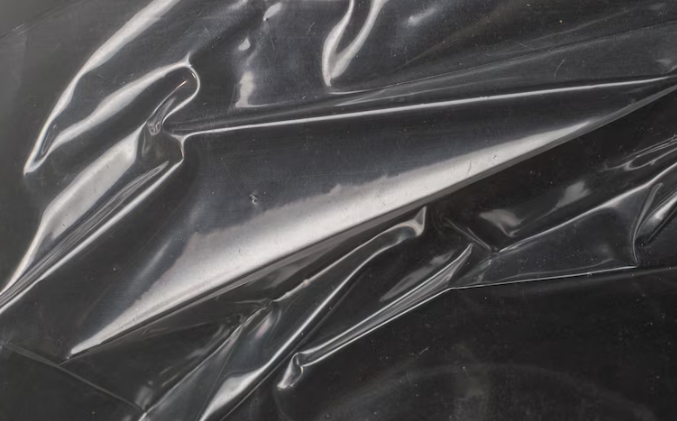Plastic is ubiquitous. From toothbrushes to toolboxes, it shapes our lives in countless ways. But what if, like a superhero gaining a new power, plastic could transcend its limitations and become even more versatile? Welcome to the fascinating world of plastic overmolding, where two plastics combine to create something even stronger, sleeker, and more functional than the sum of its parts.
Overmolding 101: The Fusion Formula
The Players: Joining Forces:
-
Substrate: This is the base material, often a rigid plastic chosen for its strength and structure. Think of it as the foundation upon which the other plastic builds.
-
Overmold: This is the secondary plastic material, typically chosen for its specific properties like softness, grip, color, or texture. It's like adding a layer of customization and functionality to the substrate.
The Fusion Process: From Liquid to Form
-
Molding the Substrate: The base material is first molded into its desired shape using traditional injection molding techniques.
-
Setting the Stage: While the substrate cools, the overmold material is heated to a liquid state, ready to bond.
-
The Injection Symphony: The molten overmold material is injected into the mold cavity surrounding the substrate, creating a seamless bond between the two.
-
Cooling and Conquering: The mold is cooled, solidifying both materials into a single, unified part.
The Perks of Overmolding: Why Two Heads Are Better Than One
-
Enhanced Functionality: Combine the strength of a hard plastic with the grip of a soft one, the insulation of a foam with the aesthetics of a textured surface. The possibilities are endless!
-
Improved Ergonomics: Overmolded grips on tools or handles increase comfort and reduce fatigue, making tasks easier and safer.
-
Waterproof Wonders: Seals and gaskets created through overmolding can make electronics, watches, and other products watertight, conquering moisture and enhancing durability.
-
Aesthetic Alchemy: Add vibrant colors, intricate patterns, or even embedded logos through overmolding, taking product design to a whole new level.
-
Cost-Effective Efficiency: Combining multiple functions into a single part can reduce assembly time and material waste, making overmolding a cost-effective choice for manufacturers.
Beyond the Basics: Advanced Overmolding Techniques
-
Insert Molding: Pre-formed inserts, like metal components or electronic circuits, can be embedded within the overmolding process for even greater complexity and functionality.
-
Multi-Shot Molding: Injecting multiple overmold materials in sequence within the same mold cycle allows for even more intricate designs and material combinations.
-
Two-Component Mixing: Special injection molding machines can mix two overmold materials on the fly, creating unique textures and color gradients directly into the final product.
Choosing the Right Overmolding Partner: A Match Made in Plastic
Not all plastic overmolding services are created equal. When choosing a partner, consider these factors:
-
Experience and Expertise: Look for a manufacturer with a proven track record in overmolding complex projects.
-
Material Know-How: Ensure they have expertise in working with both your chosen substrate and overmold materials.
-
Quality Control: Choose a manufacturer with a commitment to rigorous quality control throughout the overmolding process.
-
Innovation and Design: Partner with a company that embraces new technologies and can help you push the boundaries of overmolding possibilities.
The Future of Plastics: Overmolding Takes Center Stage
New opportunities Across a myriad of fields, technological advances are penetrating our lives in countless ways. These developments are having a revolutionary impact on overmolding, one of the leaders in this era. The more we advance through the technocratic labyrinth that we are ourselves creating, and deepen our knowledge of material science, the possibilities for overmolding continue to continually grow. It may not be long before the age of self-healing plastics is upon us. Instead of receiving expensive and time-consuming repairs or replacements, these new materials would be able to auto repair themselves on the spot without failure.
In addition to self-healing, the applications of bio-based materials are another noteworthy development in overmolding. These are materials which naturally break down, so there need be no worries about post-use plastic waste. What's important here is that not only can we produce such materials, but with overmolding techniques we are able to shape them precisely according to whatever purpose or product. As technology and environmentally conscious methods come into line with the concept of overmolding, we are changing people's relationship to plastic, once so abhorred for its environmental damage.
What these high-tech materials represent in addition to functional prowess is a vision for the future of plastics. Similarly, as we continue to explore the ultimate potential of overmolding our thinking on plastics is becoming increasingly complex and there are limitless possibilities. But overmolding is not a mere manufacturing method. It has become the field general leading plastics toward an even more sustainable,rieving and useful tomorrow.
Conclusion
So, whether you're a product designer seeking enhanced functionality, a manufacturer looking for innovative solutions, or simply a curious individual captivated by the magic of plastic, let the world of plastic overmolding ignite your imagination.


